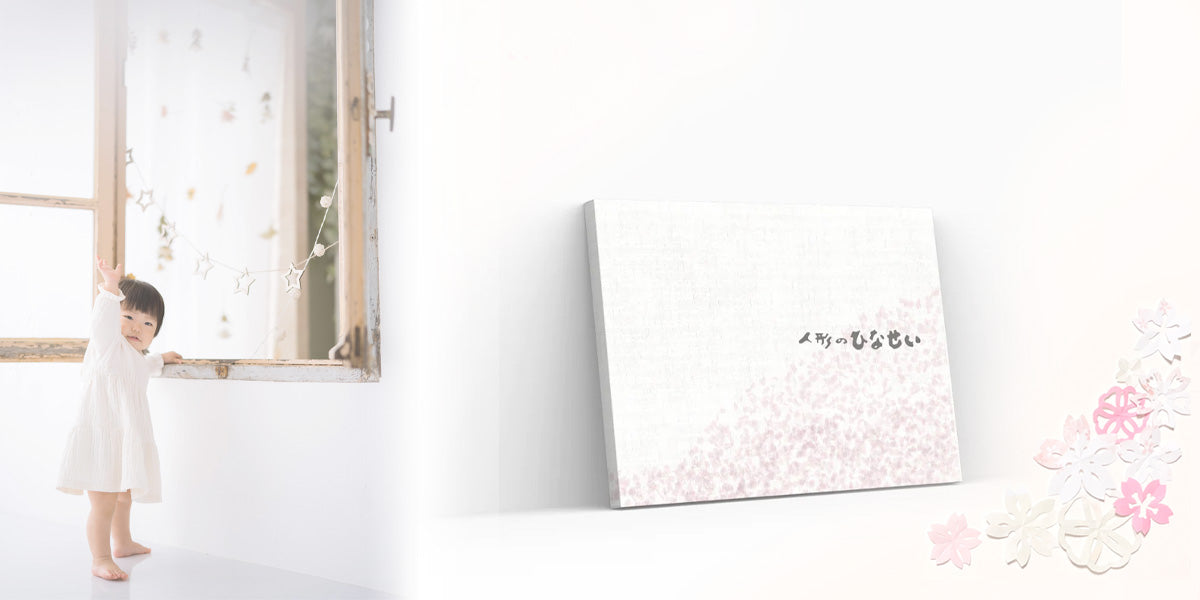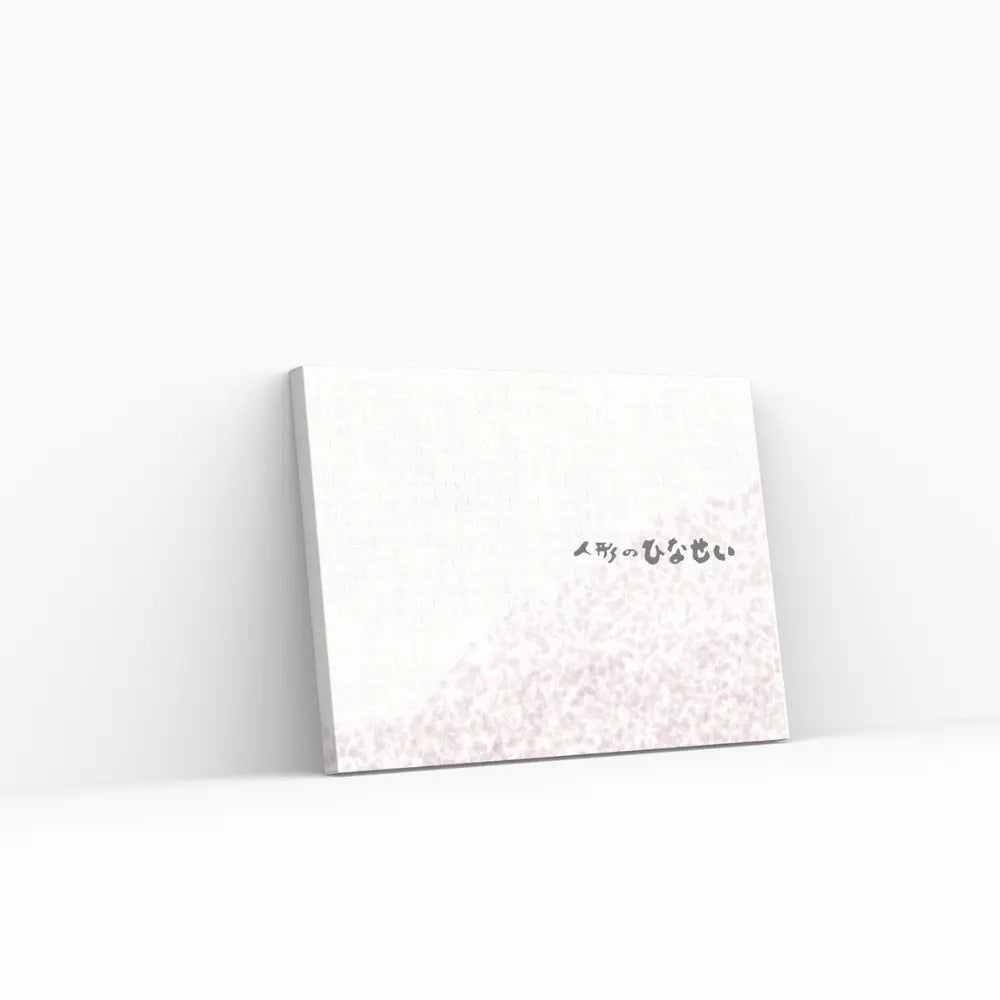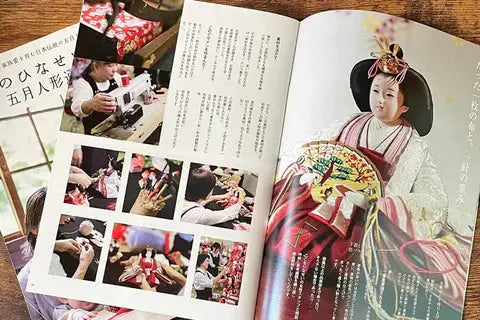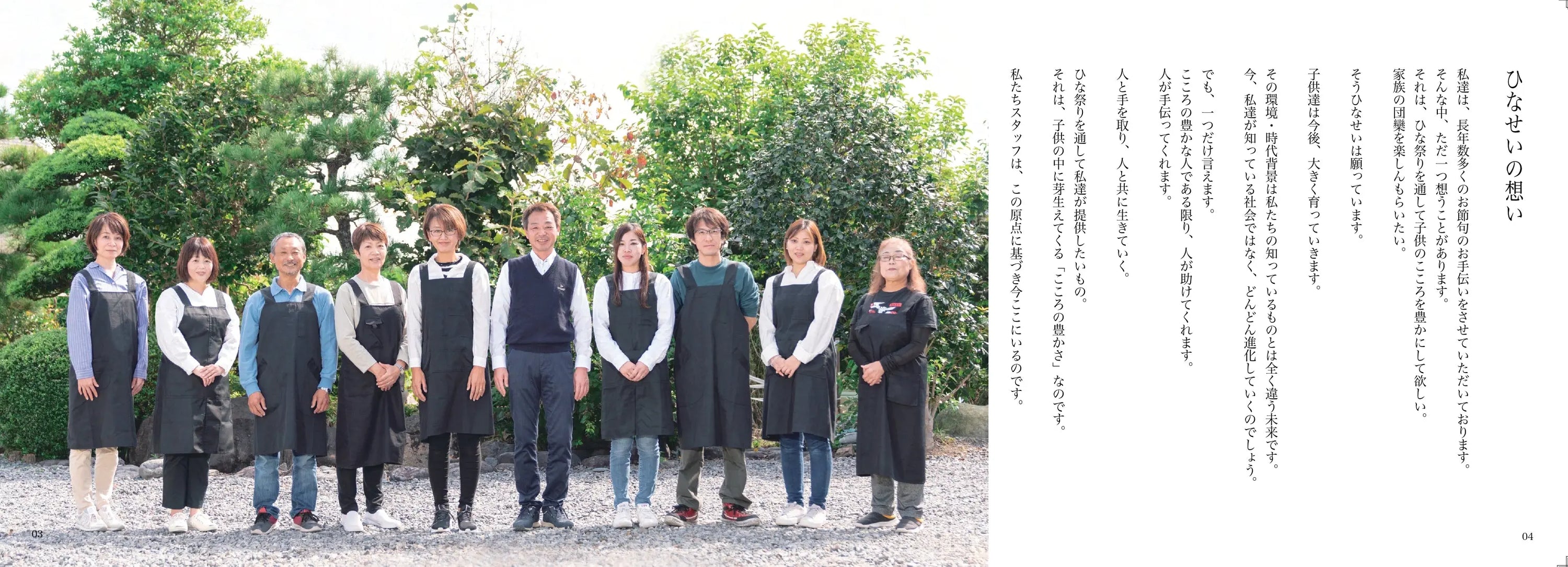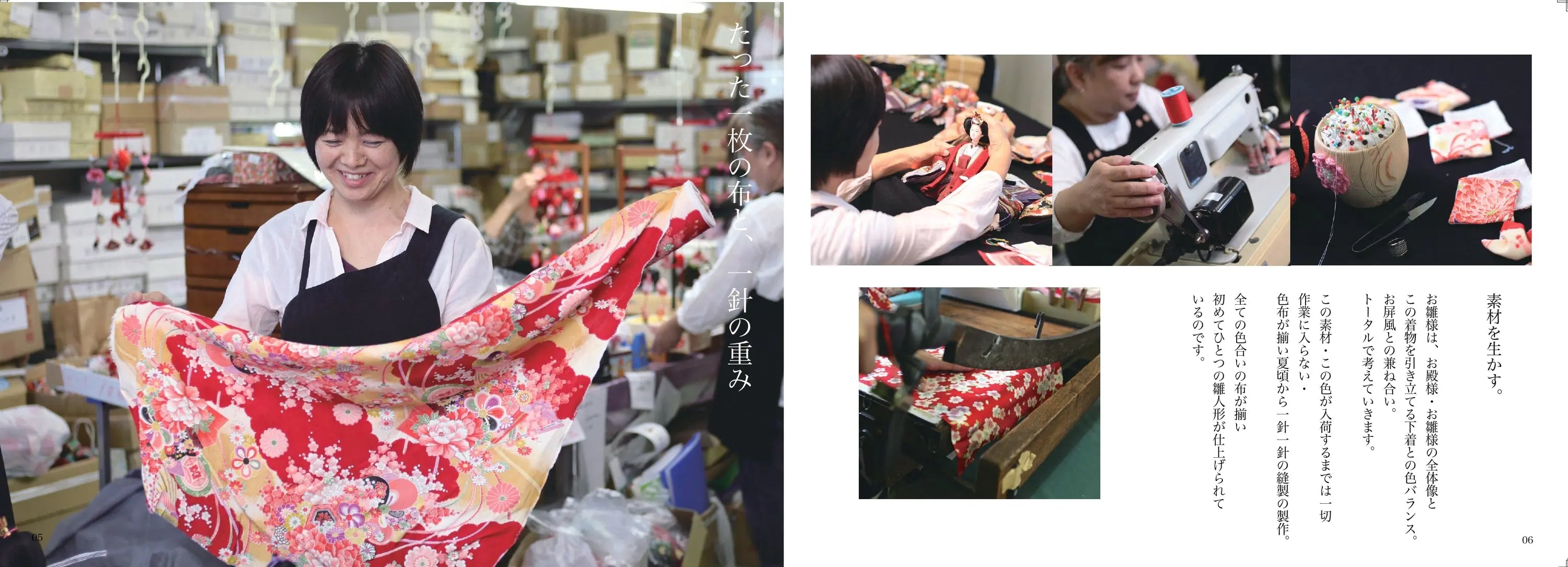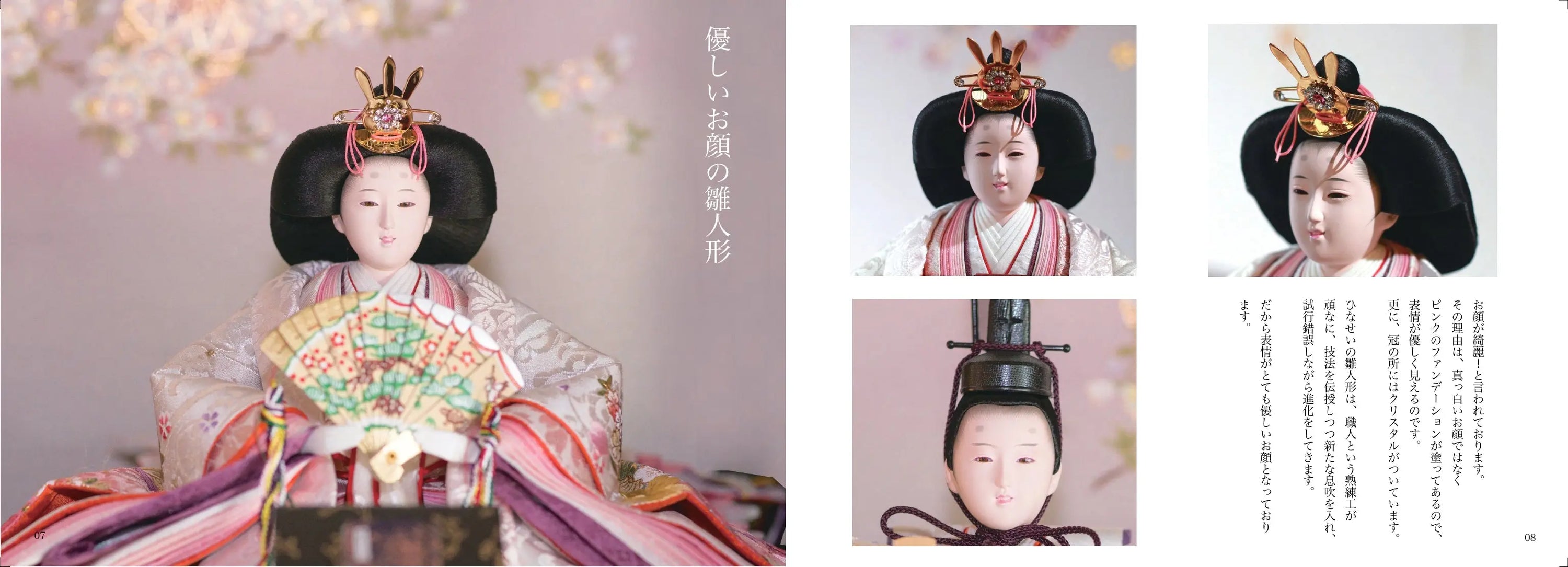What is Vernal Equinox Day? When is it in 2025? What to do? Its meaning and history

As spring begins to take hold in March, there is an annual holiday called Vernal Equinox Day .
On this day, when I went to visit my grandparents,
I can imagine the delicious botamochi being prepared, the smell of incense, and the sound of bells ringing.
This page covers the history, meaning, origin, etiquette, events, etc. of Vernal Equinox Day.
I would like to introduce these in detail.
If you found this helpful, I would appreciate it if you could "share" it.
Also, if you want to know about other annual events, customs, and festivals in Japan,
" Learn more about traditional Japanese cultural annual events "
---- table of contents ----
Click below to jump
1. The Origin and History of Vernal Equinox Day : The Background of a Holiday Respecting Nature
3. Traditional events held on the Vernal Equinox : How to spend time with the family
4. What to eat on the Vernal Equinox : Botamochi and its origins
6. Astronomical Background of the Vernal Equinox ~ Vernal Equinox and Seasonal Changes ~
7. The Rebirth of Nature and Life on the Vernal Equinox : A Custom Celebrating the Cycle of Life
8. Start a new habit on the Vernal Equinox : A way of thinking about living in harmony with nature
10. Regional customs for the Vernal Equinox ~ Introducing ways to celebrate in each region ~
12. Summary: Tips for enjoying Vernal Equinox Day ~ As a day to celebrate nature and life ~

What is the Vernal Equinox? Explaining its origins and unknown history
The Vernal Equinox is one of Japan's 24 solar terms, and is the day when the length of day and night are roughly equal .
This day has been designated as a national holiday and is known as "a day to praise nature and cherish living things."
The origin of Vernal Equinox Day dates back to ancient China, and it has been used in Japan since the Heian period.
Also, the Vernal Equinox marks the middle day of the Buddhist Higan period, and it is common for people to visit the graves of their ancestors to offer prayers for their souls .
This custom reflects Japanese culture, which values harmony with nature, and also has deep historical significance.
A comprehensive guide to the date and determination of the Vernal Equinox
The Vernal Equinox is on March 20th or 21st.
The date of the vernal equinox is determined each year based on astronomical calculations .
At the beginning of each year, the National Astronomical Observatory calculates the moment when the sun's ecliptic longitude reaches 0 degrees, and that day is designated as the vernal equinox.
The date falls on March 20th or 21st due to the relationship between the Earth's revolution and rotation.
There will be some variation from year to year.
As a result, the Vernal Equinox Day is officially announced in the Official Gazette each year, and its status as a national holiday is determined.

What to do on the Vernal Equinox?
A guide to special family fun
The Vernal Equinox is a great opportunity to spend time with your family in nature.
It is generally known as a day to visit graves and offer prayers for ancestors.
There is also a custom of eating botamochi on the vernal equinox.
On this day, it is a good idea to enjoy a traditional meal with your family.
We also recommend heading to a park or other natural location and having a picnic while enjoying the arrival of spring.
On the Vernal Equinox, we can escape from the busyness of everyday life,
Try to spend this day cherishing time in nature and with your family.
What is the meaning of Vernal Equinox Day? Exploring the Japanese holiday that honors nature
Vernal Equinox Day is a national holiday in Japan, a day to respect nature and cherish living things .
This day marks the day when day and night are of equal length, symbolizing balance in nature.
The Vernal Equinox also marks the start of agricultural work,
Since ancient times, this day has been considered an important day for praying for a good harvest .
Even today, this day is a time to feel connected to nature and reaffirm the preciousness of life.
The Vernal Equinox provides us with an opportunity to reflect on the importance of coexisting with nature.

Learn the difference between botamochi and ohagi. Enjoy the traditional flavors of the Vernal Equinox.
The botamochi eaten on the vernal equinox and the ohagi eaten on the autumnal equinox are actually the same food .
"Botamochi" comes from the peony flower in spring, and "ohagi" comes from the bush clover flower in autumn.
Botamochi is generally made with smooth bean paste and shaped like a peony flower.
Ohagi is made with bean paste and is often made small to resemble bush clover flowers.
On the Vernal Equinox, offering botamochi to the ancestors is a way of
You will be able to experience the changing of the seasons with your family.

The middle day of the equinox, Vernal Equinox Day: The meaning and origin of visiting graves
The Vernal Equinox, the middle day of the Higan period , has a special significance in Buddhism.
This day is said to be the day when it is easiest for this world and the other world to communicate with each other .
It is customary to visit graves.
In Buddhism, on this day, prayers to the Western Pure Land are offered.
It is believed that you can go to the Pure Land .
This day is an opportunity to give thanks to the spirits of our ancestors and to reflect on our own lives.
It is an important day when the whole family visits the grave and offers quiet prayers .
A thorough comparison of the differences between the Vernal Equinox and the Autumnal Equinox: A look into the background of these holidays
The Vernal Equinox and Autumnal Equinox are both days when the length of day and night are equal , and are one of the 24 solar terms.
Vernal Equinox Day is a day to respect nature and celebrate the start of agricultural work .
On the other hand, Autumnal Equinox Day is a day to give thanks for the harvest and celebrate the change of seasons.
Another common feature is that both days are the middle day of the Buddhist equinox, and both are days when memorial services for ancestors are held.
In this way, the vernal and autumnal equinoxes are important holidays that express gratitude to the seasons, nature, and ancestors.
Paradise and the Vernal Equinox: The Deep Connection Between Buddhist Teachings and the Vernal Equinox
The Vernal Equinox also has a special significance in Buddhism, and is deeply connected to the Pure Land .
In Buddhism, it is recommended to pray towards the Pure Land in the west,
On this day, the sun sets due east to due west,
It is considered an ideal day to offer prayers to the Western Pure Land .
This day was also the middle day of the equinox, and families gathered together.
It is a day to offer prayers for ancestors and for their journey to the Pure Land .
Through these Buddhist teachings, the Vernal Equinox takes on a deeper spiritual meaning.

What is the Vernal Equinox? Understanding the Vernal Equinox from an Astronomical Perspective
The vernal equinox is the moment when the sun crosses the celestial equator and is the reference point for the vernal equinox.
This astronomical phenomenon marks the day when the length of day and night are equal as the vernal equinox.
The vernal equinox is an important point in the Earth's orbit and rotation.
From this day onwards, the days become longer in the Northern Hemisphere , and you can feel the arrival of spring.
With this astronomical background, the Vernal Equinox is also a day when we can feel the rhythm of nature and the universe.
Vernal Equinox and Nature: Introducing Japanese Customs Celebrating the Rebirth of Life
Vernal Equinox Day has long been rooted in Japanese customs as a day to celebrate the rebirth of life .
On this day, you can feel the nature beginning to sprout as winter comes to an end.
It also represents a prayer for a good harvest .
Going outdoors with your family and enjoying the arrival of spring is part of the Japanese custom of valuing the sense of seasons.
Also, on this day, we found new plant buds,
It's also a great opportunity to enjoy contact with nature .
Feel the power of nature and the breath of life throughout the Vernal Equinox.
What should you eat on the Vernal Equinox?
A thorough explanation of the difference between botamochi and ohagi
"Botamochi" eaten on the vernal equinox,
The "ohagi" sweets eaten on the autumnal equinox are named after the flowers that bloom during that season .
Botamochi is named after the peony that blooms in spring and is usually made with smooth bean paste.
On the other hand, ohagi is made with bean paste, named after the bush clover that blooms in autumn.
Botamochi is a sweet made with smooth bean paste, and is large and round like a peony flower, making it a symbol of spring.
Ohagi are small and oval in shape, named after the bush clover flower, and are eaten during the autumn harvest season.
This difference reflects the seasonal feeling of spring and autumn, and symbolizes Japan's food culture that is in harmony with nature.
On the day of the Vernal Equinox, people offer botamochi to their ancestors,
It is important to take time to deeply feel its meaning.

Summary: Why and Why It's Important to Respect Nature and Living Creatures on the Vernal Equinox
The Vernal Equinox is an important day to reaffirm our respect for nature and living things .
On this day, the length of day and night becomes equal, marking a turning point in nature.
You can sense the regeneration and harmony of life.
It also has a deep meaning as a memorial for ancestors.
It is also a day to strengthen ties within families and communities.
Through the Vernal Equinox, we learn the importance of coexistence with nature,
It is necessary to apply it in daily life.
Let's take this holiday as an opportunity to raise awareness of the importance of cherishing nature and life.





